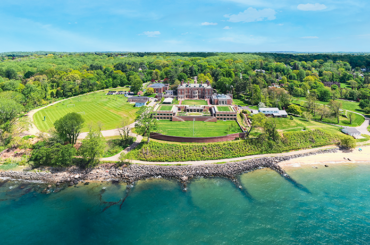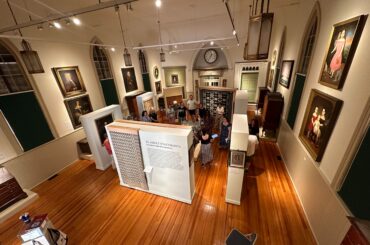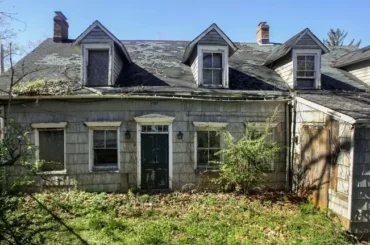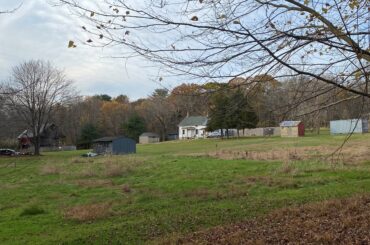Join us for our 2024 Annual Benefit party! This year our location is the Webb Institute — the former Herbert L. Pratt estate in Glen Cove and winner of our 2022 Preservation Award for Project Excellence for historically sensitive design. Watch this space for more details and online ticket sales!
Uncategorized
SAVE THE DATE!
We’re Hiring!
Seasonal Gallery Guides
Join our team this exhibition season from March through December! We are seeking enthusiastic part-time/seasonal Gallery Guides to play a crucial role in enhancing our exhibitions by engaging directly with visitors in the gallery. Apply today!
Endangered Historic Places 2023: Shutt House
ADVOCACY UPDATE! December 14, 2023: The Islip Town Board is voting on December 14, 2023 on whether to permit the demolition of the Shutt House. Read our letter below to the Islip Town Board asking that they deny the request to modify the current covenants and restrictions that would permit […]
Endangered Historic Places 2023: Stepping Stones Lighthouse
Why is Stepping Stones Lighthouse historically significant? Stepping Stones Lighthouse is situated in Long Island Sound and is visible from Great Neck, City Island, and the Throgs Neck Bridge. The Stepping Stones are a series of rocks that form a reef at the western end of the Sound. The Second […]
Endangered Historic Places 2023: Mill Pond House
Why is Mill Pond House historically significant? Built before 1720, the Mill Pond House is one of the oldest surviving dwellings in Oyster Bay. This historic house was constructed on land granted to Henry Townsend in 1661 for the construction of Oyster Bay’s inaugural grist mill, which was then passed […]
Endangered Historic Places 2023: Eliphalet Whitman Homestead
Why is the Eliphalet Whitman Homestead historically significant? The house was constructed in the mid-18th century for Eliphalet Whitman (1737-1780). The Whitman’s were tanners and owners of a shoe factory. The property consists of the farmhouse, barn, and workshed. The house is a simple one-and-one-half story vernacular-style wood frame building. […]






